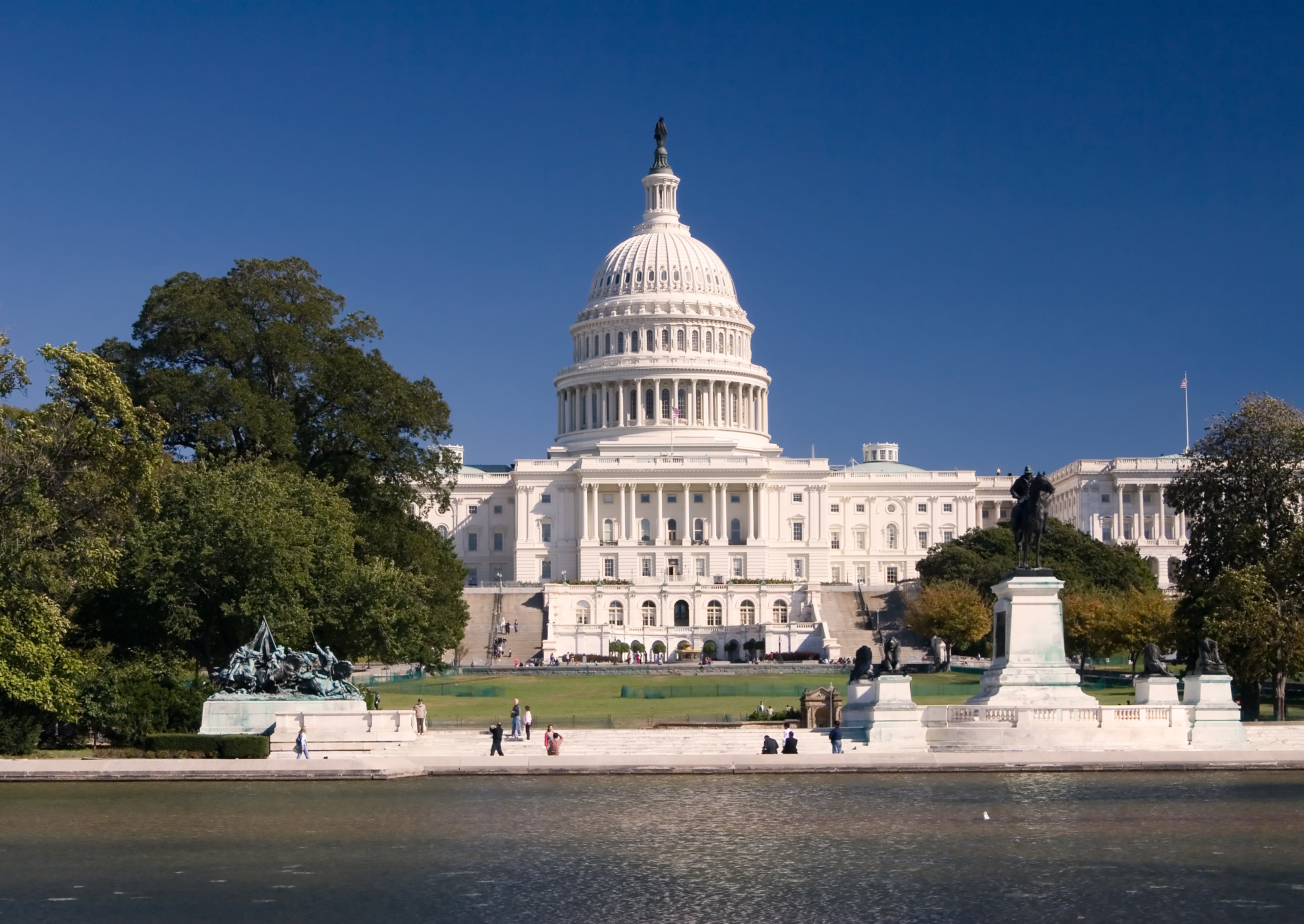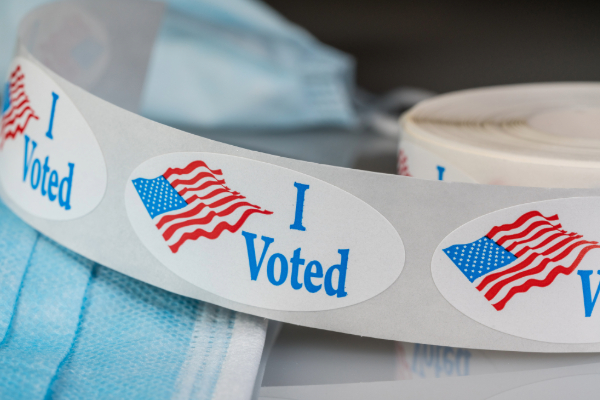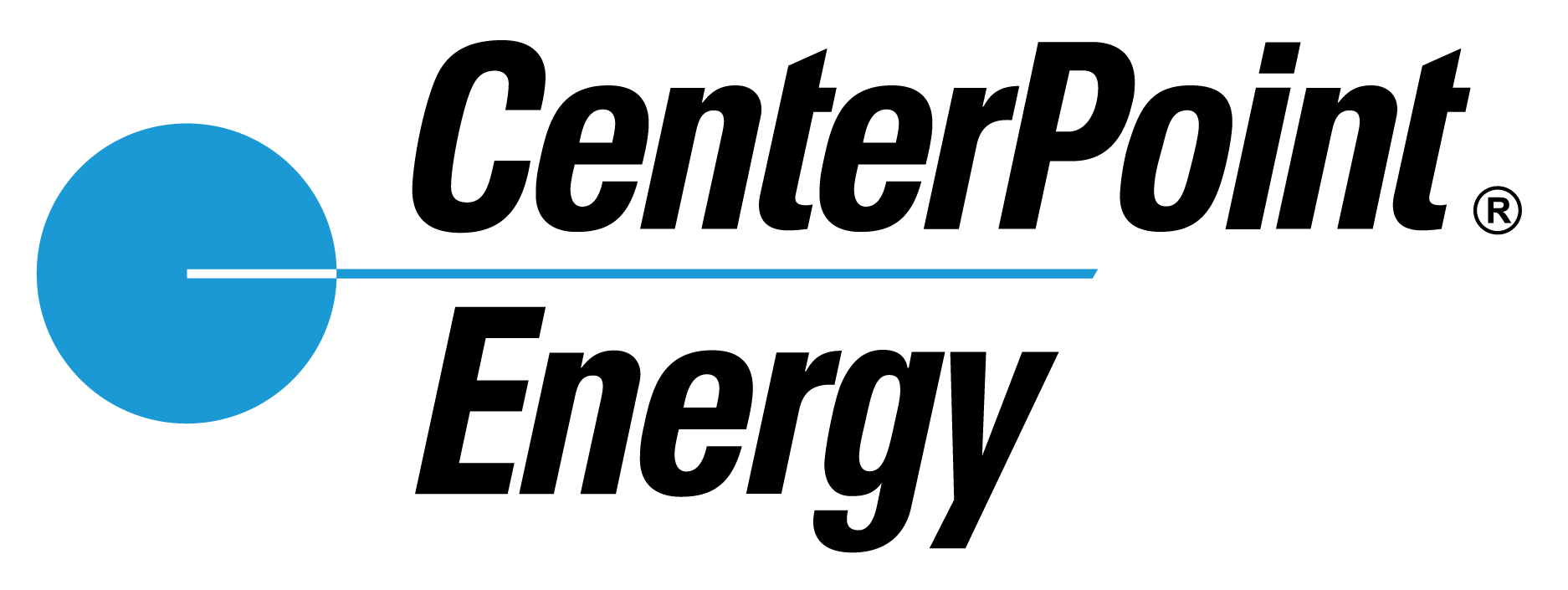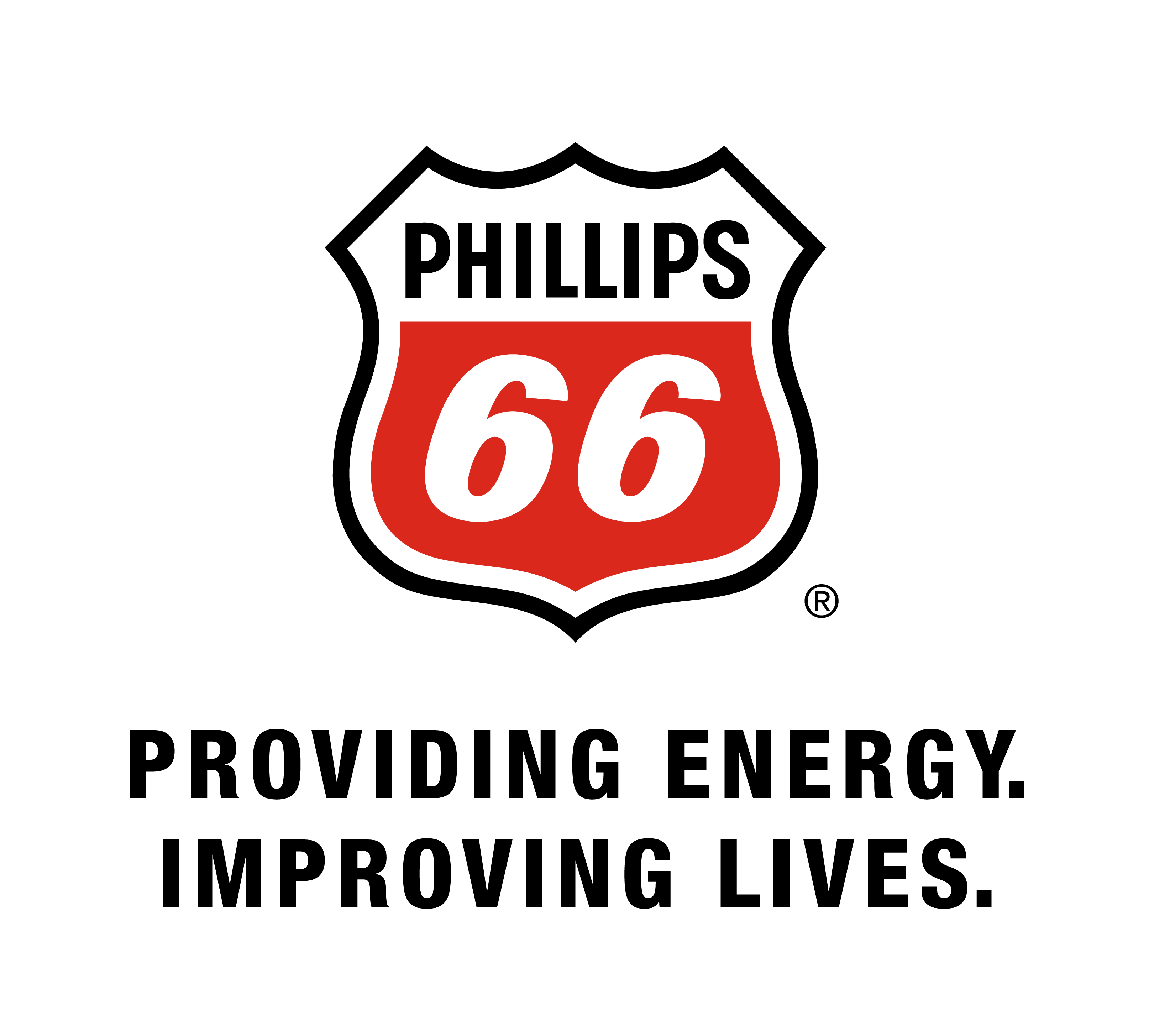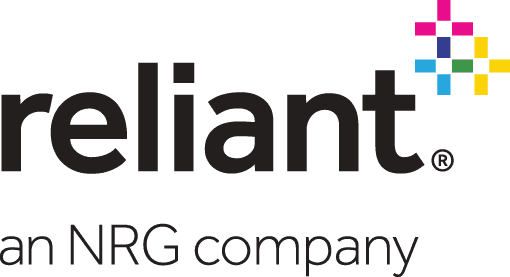COVID-19 Public Policy Update: April 30, 2020
Published Apr 30, 2020 by Sophia Guevara
In response to the novel coronavirus (COVID-19), the Partnership will provide a weekly update on public policies and other newsworthy items from local, state and national levels of government.
Executive Summary
All levels of government continue to respond to the economic impacts of COVID-19. At the federal level, the SBA has already processed $50 billion in the Paycheck Protection Program’s second round of funding, after launching on Monday. At the state level, Governor Abbott’s Report to Open Texas was released on Monday, marking the start of a phased reopening of the economy. At the local level, Harris County has created a COVID-19 Relief Fund to support vulnerable residents with essential expenses, and the county has expanded its contact tracing efforts.
Federal
Paycheck Protection Program
- As of Wednesday, the SBA has already processed $50 billion of the second round of funding for the small business loan program.
- The program launched its second round Monday with $310 billion in additional funding passed by Congress last week.
Congressional Coronavirus Oversight Committee
- House Speaker Nancy Pelosi announced the six Democratic members of the newly created panel chaired by House Majority Whip Jim Clyburn.
- Republican leaders in the House have stated the new oversight panel is redundant as Congress created a five-member bi-partisan panel charged with overseeing the bailout loans for corporations and the relief package also created a separate panel of inspectors general and an addition oversight position of the special inspector general for pandemic recovery.
- The House Minority Leader Kevin McCarthy has not appointed Republicans to the oversight committee yet, and there is speculation Republicans may not participate in the panel.
- Source: The Hill
Social Distancing Guidelines
- On Wednesday, President Trump announced the administration’s current guidelines on slowing the spread of COVID-19 will be fading out as more states begin to reopen their businesses. He stated the “fade-out” of the federal guidelines will occur due to governors taking over the role of providing guidance for their states.
- Vice President Pence stated the guidelines were incorporated into the Reopening Up America Again guidance which many of the governors were using to reopen their states.
- Source: The Hill
Numbers
- The United States has surpassed 1 million cases of COVID-19 and over 60,000 deaths as of Wednesday afternoon.
State
Numbers
- As of noon on April 29, 27,054 Texans are infected with COVID-19. 1,702 are being treated in Texas hospitals. 732 Texans have died. 314,790 tests are reported given, and 12,507 Texans are estimated to have recovered. Harris County has the largest number of cases by county, at 5,986, with Dallas County second at 3,240.
Local
- On Tuesday, Harris County Commissioners Court approved the creation of a $15 million COVID-19 Relief Fund for residents with household incomes below 70 percent of the federal Area Median Income. The Greater Houston Community Foundation and United Way will manage the program, which will provide one-time payments directly to residents, who may not qualify for federal aid through the CARES Act or who require further assistance beyond the $1,200 direct stimulus payments, to cover essential expenses, including food, utilities and housing.
- Harris County Judge Lina Hidalgo has outlined the county’s plan for contact tracing. The plan includes recruiting 300 more contact tracers to pinpoint where the virus is spreading and to whom.
- The City of Houston launched a mobile testing unit with a capacity of 100 tests per day and is available as a drive-thru or walk-up option. Mobile testing will serve the public from the Kashmere, Hiram Clarke and Third Ward multi-service centers.
Visit the Partnership's COVID-19 Resource page for updates, guidance for employers and more information. And sign up for daily email alerts from the Partnership as the situation develops.
 The Houston Report
The Houston Report